yup, looks to be similar in fit to mine. I’m wondering if this is typical. I wouldn’t think there would be that much variability in port location between head and manifold castings?
Hate to spend $500-$700 on a set of 428 CJ manifolds only to find they don’t fit the Cougar engine bay or match the J-Code heads any better than what I’ve got.
428 CJ reproduction manifolds do fit. I have a set on my '67 FE. You do have to have one bolt on one head moved to make hem work on non CJ heads.
I don’t want to belabor the obvious, but cast manifolds are not that precise. I use a die grinder and clean up or slightly shift the openings for the studs until I get the best fit on the head. You can move things about a bit and that extra 1/8th inch here or there makes a difference. Basically I just center the manifold over the openings in the heads.
The problem of the port mismatch stems from the N and J heads having a1/4 inch raised exhaust port. The GT manifold ports match perfectly to H and A heads.
I have original (not reproduction) 428CJ exhaust manifolds on both of my GT-E’s. If you are patient you can find them around $500 a pair on eBay. Maybe less.
These manifolds came originally on 1968 - 70 Cougar and Mustang with the 428CJ so you have nothing to fear as far as fit. They were made to fit your car. You will need the 428CJ H pipe and spacer for the RH manifold.
Thanks Royce.
Followup question(s).
what’s the likelyhood of finding a 428CJ H pipe to match a 428CJ set of manifolds? Prices? Are repo’s available.
What part/casting no’s for the manifolds? I see two for the passenger side C8OE-9428-A and C8OE-9430-B, both with PN C8OZ-9430-A and matched with driver’s side C8OE-9431-A,PN C8OZ-9431-A. PN’s for 428CJ H-Pipe?
Any guidance here would be appreciated as well.
Joe.
WCCC has the CJ H-pipe, I believe. Also, Scott Fuller has done a complete CJ exhaust, so he should have something as well.
I bought these heads a while back. http://www2.cougarpartscatalog.com/store/p/14206-Cylinder-Heads-C8AE-6090-J-427-4V-GT-E-PAIR-Used-1968-Mercury-Cougar.html. notice the two top end bolt holes are at a different height than the two middle ones. Anyone know why\how this was done? it doesn’t affect the GT390 exhaust manifolds i have, but i am very curious.
Mine are the same. The end holes on each head are at that lower position to accept the 390 GT manifolds, the passenger side manifold uses the top and bottom holes on the back cylinder.
I ended up going with the SCE gasket number 034186 an annealed copper instead of the embossed ones that I spoke with you about. I was not happy with the way the embossed gaskets sealed after the modification that had to be done to make everything fit correctly. The 034186 annealed gaskets are thicker and softer. I had to enlarge all of the mounting holes to get the gasket to drop 1/16 aligning the gasket port top to the top of the head port.
On each manifold there is one mounting hole that is much smaller than the other 7. Its the 3rd one in from one end of each manifold. On the drivers side I filed that smaller hole on its bottom side about an 1/8 of an inch and was able to raise that manifold up enough to get a good seal on all ports. On the passenger side I had to open up that smaller hole and all of the other holes to get the manifold up high enough to get good coverage on the number 3 port. Then I cut the gaskets to match the manifolds and grinded the manifolds to match the head ports.
I have them attached now and am finally happy with the fit and feel like they will not fail. I hope I did not cost you any money by suggesting the embossed gaskets, sorry. I did want to let you know what I think will work. I did not want to remove my heads to have holes relocated for the C8OE manifolds. Here is the final result.
Nice work! I have never seen exhaust manifold gaskets on an FE before. I thought they just surfaced the head and the manifold and that was it. Have I been missing something?
I’m just doing an engine bay refresh and don’t want to remove the heads from the engine for any resurfacing right now but needed to fix two exhaust manifold leaks. The engine was rebuilt in 1992 and exhaust manifold gaskets were used. They had failed. I pulled the engine to address that issue and found poor head port to exhaust manifold alignment issues. I decided to continue to use a gasket to solve my issues and get the engine back in and get the car back on the road. Down the road when I restore the car I will have the surfaces machined and go with no gaskets. With the minimal sealing surfaces on the top of the ports I am just hesitant to go with no gasket, it’s pretty much just insurance for now.
There should not be any gaskets. They will fail again soon and leak. Just remove them, clean the surfaces, and reassemble with a light smear of any kind of RTV. I prefer the blue or black colors because they don’t show as badly if you have some ooze out.
No need for any special machining, and no need to worry about minor pitting.
Gaskets will fail again soon - don’t waste your time.
Excellent reply. Thanks for the great pictures. Wow that is a beautiful engine. Can’t wait till mine starts to look that good. I know from the factory the exhaust manifolds didn’t used gaskets, but I’ve certainly read more posts recommending gaskets than not. And like you, given the lack of coverage around the port, i thinks it’s cheap addition coverage.
Ok, moving further down the exhaust system…
Using the 390 GT manifolds does one need to use the exhaust manifold spacer on the passenger side?
If so, with or without the heat flapper?
Every original unmolested 427 GT-E that I have seen had the exhaust manifold valve on the RH side. The spacer was introduced in early calendar year 1968 for the 390 X code and 390GT engines, not sure if it ever was used on the few later built 427 Cougars or not. All the unmolested examples I have seen were February 23, 1968 built GT-E’s.
In any case you need either a spacer or a heat riser valve. The H pipe won’t it without one or the other.
Ok, moving further down the exhaust system…
Using the 390 GT manifolds does one need to use the exhaust manifold spacer on the passenger side?
If so, with or without the heat flapper?
Mine has the spacer and not the flapper, it’ a C14 car. It still has its original exhaust manifolds dated Feb, 68 although I just replaced the drivers side due to a previous welding repair and warpage. Now it could have been replaced but I’m finding that this car has had little work done to it over the years.
The 390 in my '67 GT was pretty weak even though it showed solid compression. It ran okay, idled fine, but just didn’t make much power. I decided to tear it down and rebuild it and discovered that the real problem was the flapper valve was frozen about 3/4’s shut. I replaced it with a spacer so that will never happen again.
I spent some time talking to a retired Ford employee that worked as tech support for the dealers when the cars were new. If you had a problem that the dealer could not figure out, he was the guy they called in to fix it. He told me that the 427 cars were always a lot of trouble. Either people raced them very heard or they didn’t understand that the engine was never going to be as docile as a 390 2V in a station wagon.
One example with the GT-E was carburetor icing problems in cold humid weather conditions. Most Ford cars had a closed air cleaner with a heat riser from the exhaust manifold to provide heated air to the carb in cold conditions. The GT-E of course used an open element air cleaner so it was more sensitive to icing conditions. The aluminum intake manifold also ran cooler than the cast iron intakes so gas could puddle under the carb if the exhaust crossover was blocked or not working. He said in some cases they would retro fit a cast iron manifold and the air cleaner from the 390 GT if the problem was severe.
I doubt that ny one here is driving a GT-E under these conditions today, but it does explain a few things we have seen on the cars.
They say slow and steady wins the race, but it sure feels like it’s been glacial progress of late. Got the GTE back from the Paint and Body shop and I must say, although it took almost 6 months, the guy produced a flawless job, inside & out.
Ben working lately on the wiring, both previously molested by human and rodent alike. Ugh.
Gonna need some good used and/or re-chrome-able Front/Rear Quarter-Window hardware. Any lines on good quality dark-blue interior parts would be appreciated (drv side arm-rest, need a dark blue headrest [have 1 in great shape, 1 not-so-much].
Anyway, been a while since I posted, making headway. here are some teaser pics (yea, I know, not the right pain for the engine and tranny components, but it’s not gonna be a concours restoration…just as close as I can while keeping it $$$-real.
![]()
Thanks GTfastbacker. I’ve given up on a correctly date coded engine for the GTE. I’ve gotten everything else on the engine ‘mostly’ correct except the Block. Right head, intake, exhausts. The Holley carb is a correct list 4088 with the correct metering blocks, but it is a 69 dated replacement. Close as I could get. Royce is too good at catching the correct carbs ![]()
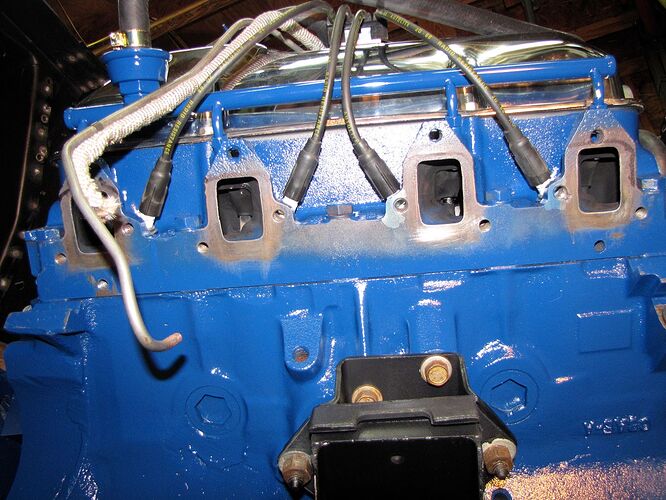
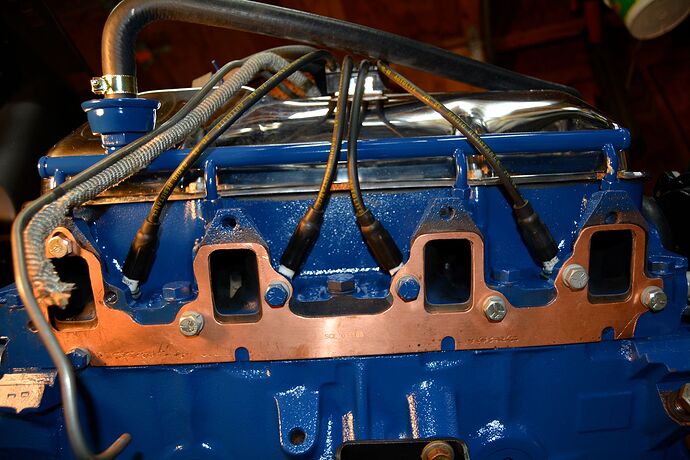
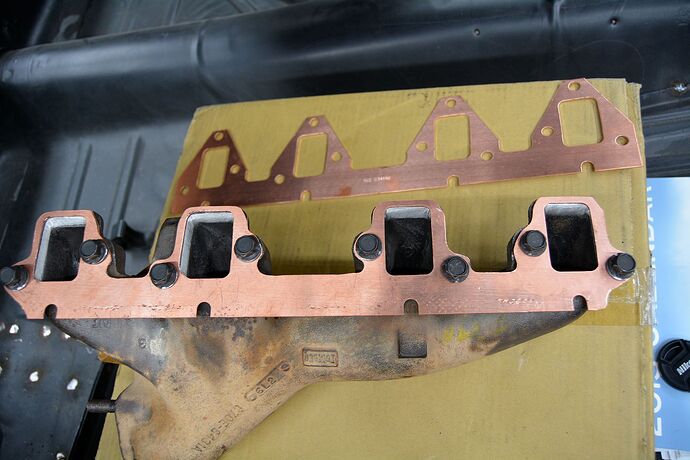
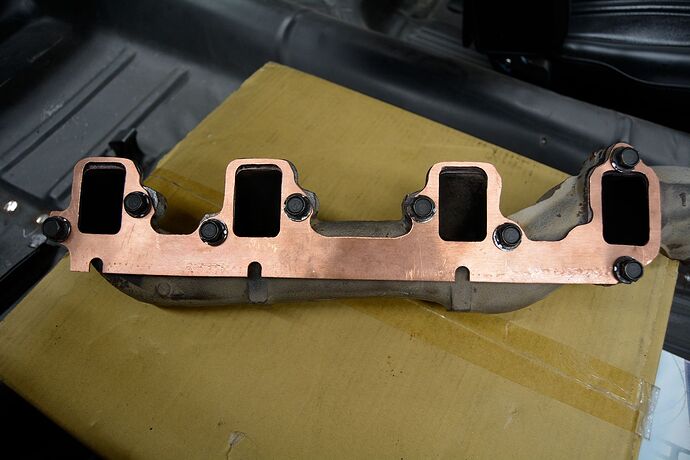
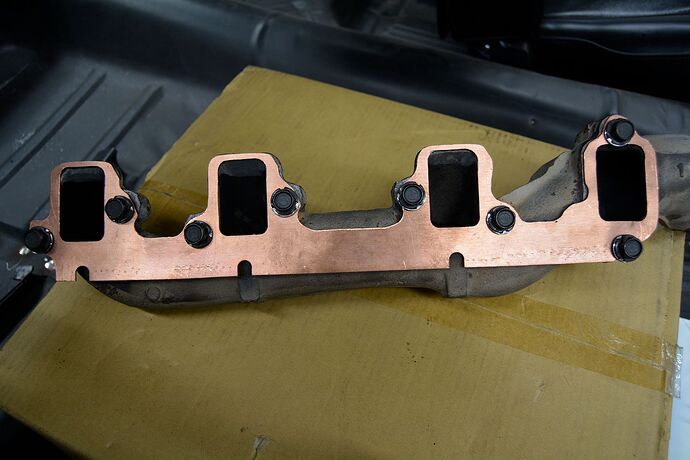

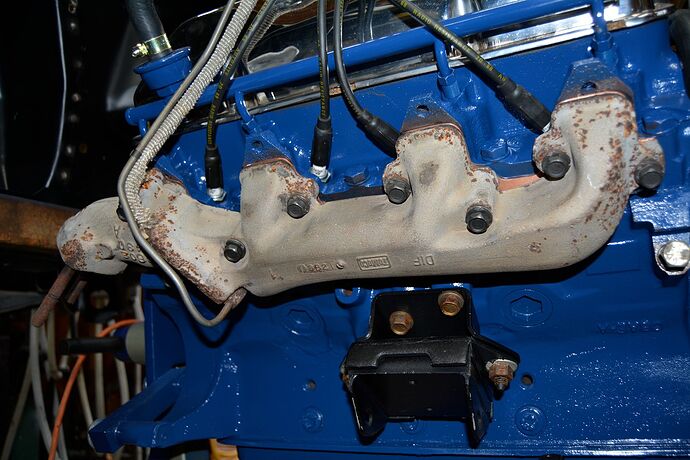
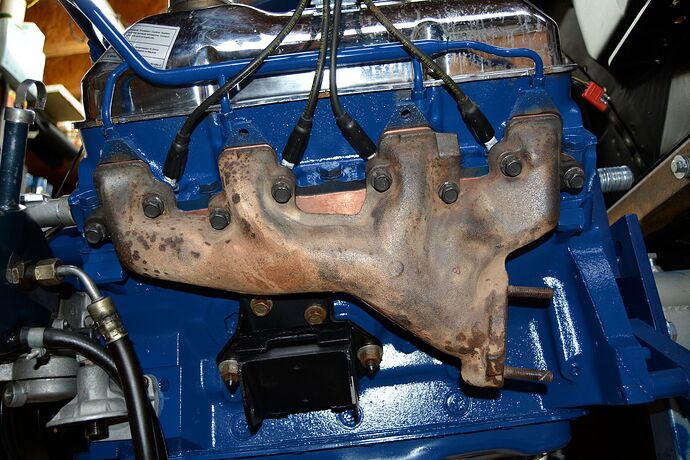
![20150926_185714[1].jpg](https://forum.classiccougarcommunity.com/uploads/db3333/optimized/2X/a/aa7604de2aad88e683e3c5d3b023ddb8be1a6bbf_2_690x341.jpeg)
![20150816_163145[1].jpg](https://forum.classiccougarcommunity.com/uploads/db3333/optimized/2X/5/59f407eb3d2a7e17a8780536da40cd6a35021235_2_544x499.jpeg)
![20151107_114131[1].jpg](https://forum.classiccougarcommunity.com/uploads/db3333/optimized/2X/0/0cf4ca85f488e12e935754cf0e7a03c7bfc41201_2_663x500.jpeg)